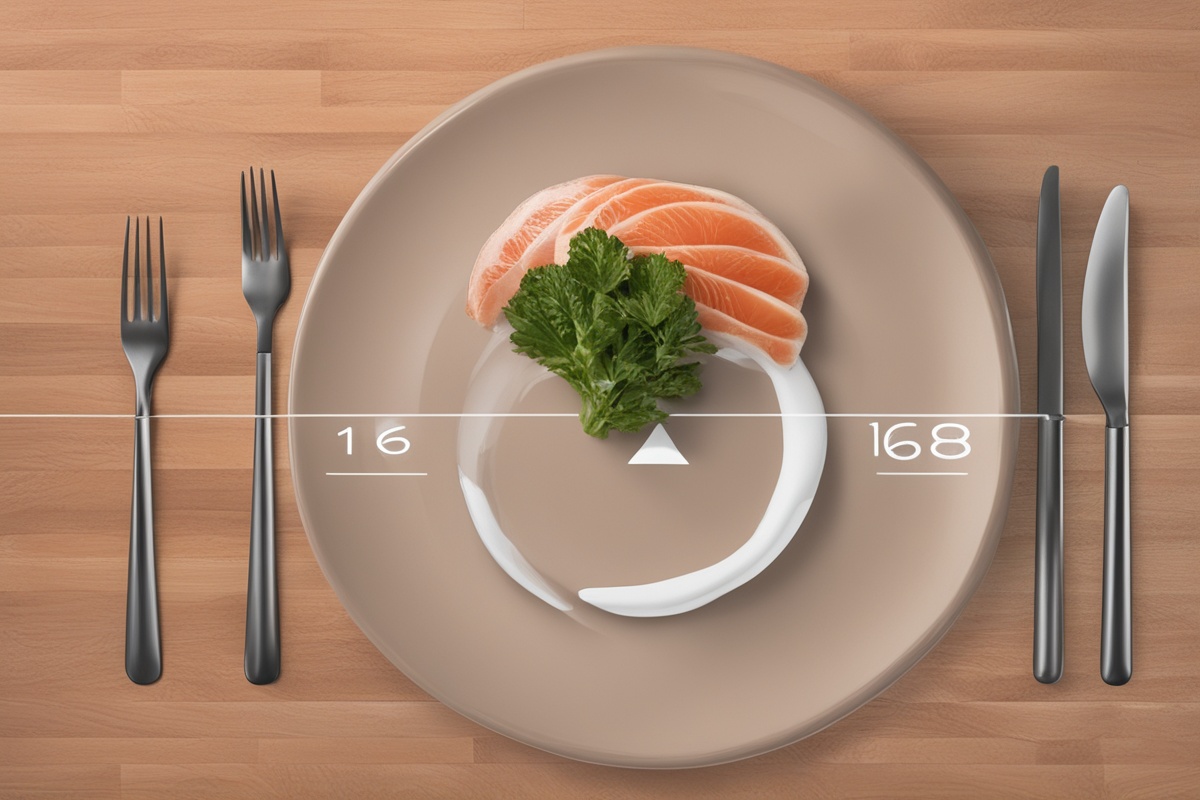Hey there, health enthusiasts! If you’ve been curious about intermittent fasting and how it can transform your wellness journey, you’ve likely stumbled upon the 16/8 schedule. This method is one of the most popular forms of intermittent fasting, offering a flexible and sustainable way to improve your health, boost energy, and even shed a few pounds. Whether you’re a beginner or a seasoned faster, this guide will dive deep into what the 16/8 fasting method entails, its benefits, and how to make it work for you. Let’s break down the science, practical tips, and everything you need to know to master this powerful eating pattern.
What Is the 16/8 Schedule?
The 16/8 schedule is a time-restricted eating plan where you fast for 16 hours and eat during an 8-hour window each day. For example, you might eat between 12 p.m. and 8 p.m., then fast from 8 p.m. until noon the next day. This approach doesn’t dictate what you eat but rather when you eat, making it less about restriction and more about timing. It’s often called the 16/8 intermittent fasting method, and its simplicity is why so many people are drawn to it. Unlike other diets that require meticulous calorie counting, this plan focuses on aligning your eating with your body’s natural rhythms.
The Science Behind 16/8 Fasting
Why does the 16/8 schedule work? It’s all about how fasting impacts your body on a cellular and hormonal level. During the fasting period, your insulin levels drop, which prompts your body to tap into stored fat for energy. This process, known as ketosis, can support weight loss and improve metabolic health. Studies, such as those published in the Journal of Translational Medicine, have shown that intermittent fasting schedules like 16/8 can reduce inflammation, improve blood sugar control, and even enhance brain function through the production of brain-derived neurotrophic factor (BDNF). Additionally, fasting gives your digestive system a break, allowing your body to focus on repair and regeneration—a process called autophagy.
Benefits of Following a 16/8 Fasting Plan
The 16/8 schedule offers a range of benefits that go beyond just weight management. While results vary from person to person, many people report feeling more energized and focused after adopting this intermittent fasting routine. Here are some of the key advantages backed by research and real-world experiences:
- Weight Loss: By limiting your eating window, you’re likely to consume fewer calories naturally, which can lead to a calorie deficit and fat loss.
- Improved Metabolic Health: Fasting can enhance insulin sensitivity, helping to stabilize blood sugar levels and reduce the risk of type 2 diabetes.
- Better Digestion: Giving your gut a rest during the 16-hour fast can reduce bloating and improve overall digestive function.
- Increased Mental Clarity: Many fasters report sharper focus and productivity, likely due to stable energy levels and reduced sugar crashes.
How to Start Your 16/8 Schedule
Getting started with the 16/8 fasting method is easier than you might think, but it does require some planning and patience. The beauty of this approach is its flexibility—you can adjust the eating window to fit your lifestyle, whether you’re an early riser or a night owl. If you’re new to intermittent fasting, ease into it by gradually extending your fasting period over a week or two. Here’s a quick guide to help you kick off your 16/8 journey:
- Choose Your Window: Pick an 8-hour eating window that suits your daily routine, like 1 p.m. to 9 p.m., and stick to it consistently.
- Stay Hydrated: During the fasting period, drink plenty of water, black coffee, or unsweetened tea to curb hunger and stay energized.
- Plan Balanced Meals: Focus on nutrient-dense foods like lean proteins, healthy fats, and vegetables to maximize satiety during your eating window.
- Listen to Your Body: If you feel overly hungry or fatigued, adjust your schedule or consult a healthcare professional to ensure fasting is right for you.
- Track Progress: Use a journal or app to monitor how you feel, your energy levels, and any changes in weight or health markers.
Common Challenges and How to Overcome Them
While the 16/8 schedule is straightforward, it’s not without its hurdles, especially in the beginning. Hunger pangs, social eating pressures, and breaking old habits can test your resolve. But don’t worry—there are ways to navigate these challenges. For instance, if hunger strikes during the fasting window, try distracting yourself with a walk or sipping on herbal tea. If social events fall outside your eating window, plan ahead by shifting your schedule slightly or focusing on non-food aspects of the gathering. The key is to be flexible while maintaining consistency. Remember, intermittent fasting with the 16/8 method is a lifestyle, not a rigid diet, so give yourself grace as you adapt.
Who Should Avoid the 16/8 Method?
While the 16/8 schedule is generally safe for most healthy adults, it’s not suitable for everyone. Certain groups should approach intermittent fasting with caution or avoid it altogether. If you have a history of eating disorders, are pregnant or breastfeeding, or have medical conditions like diabetes or low blood pressure, consult your doctor before starting a 16/8 fasting plan. Children and teenagers should also avoid fasting, as their growing bodies need consistent nutrition. Always prioritize your health and seek professional guidance if you’re unsure whether this method aligns with your needs.
As we wrap up, it’s clear that the 16/8 schedule is more than just a trend—it’s a science-backed approach to intermittent fasting that can enhance your health and simplify your relationship with food. From supporting weight loss to boosting mental clarity, the benefits of this 16/8 intermittent fasting method are compelling. However, success lies in consistency, preparation, and listening to your body. Start small, experiment with your eating window, and don’t hesitate to tweak the plan to fit your life. Have you tried the 16/8 fasting schedule yet? Drop your thoughts or questions below—I’d love to hear how it’s working for you or help troubleshoot any challenges. Let’s embark on this journey to better health together!






